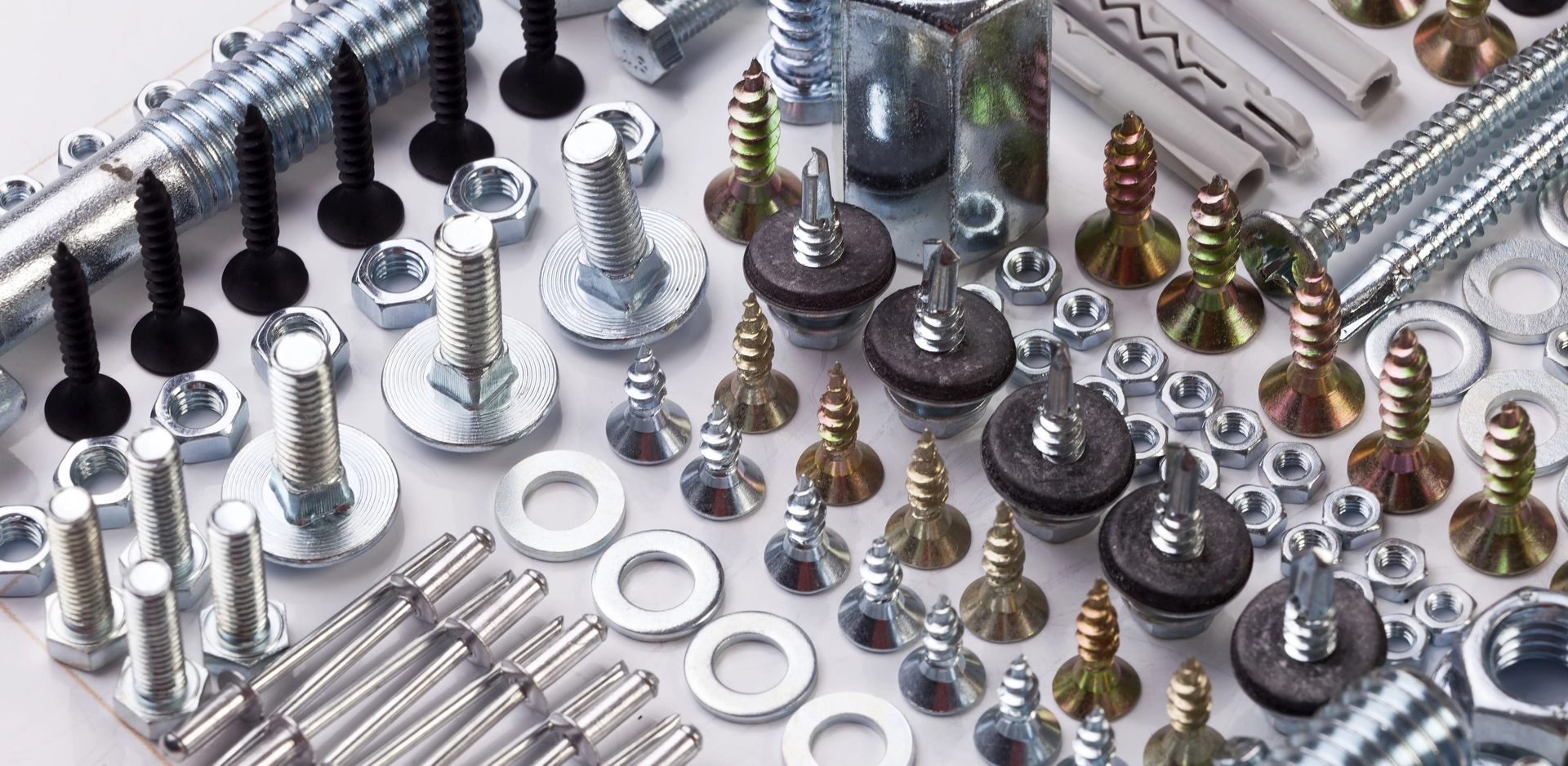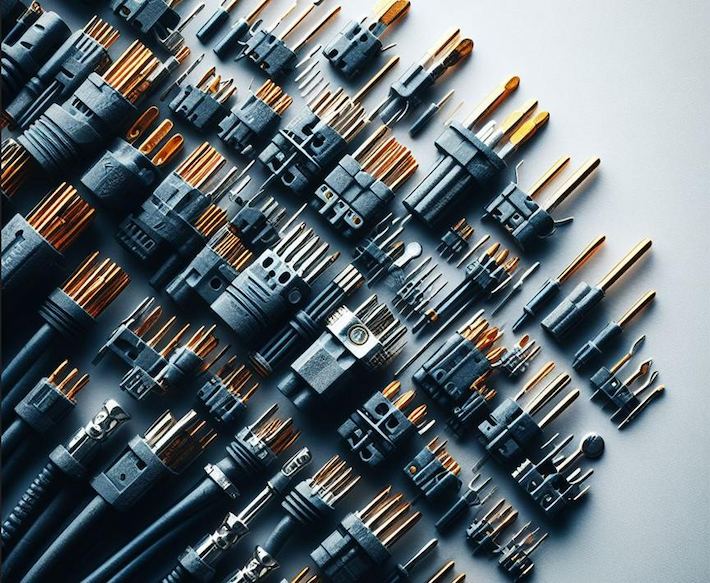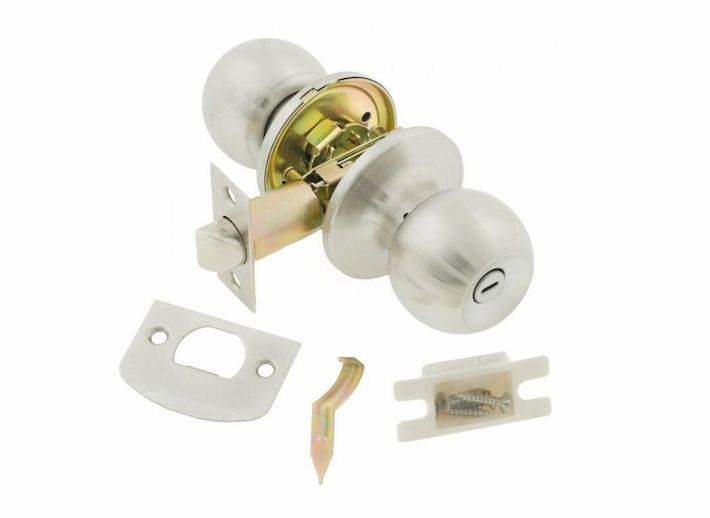
Usinage:Les procédés d'usinage, tels que le tournage, le fraisage et le forage, sont couramment utilisés pour produire des broches, des tiges et des arbres. L'usinage permet une mise en forme et un dimensionnement précis des composants. Il convient à la fois à la production à petite échelle et à de plus grandes quantités.
Rubrique froide:Le cap froid est un processus utilisé pour former la tête et le corps des broches, des tiges et des arbres à partir de fils métalliques ou de tiges. Le processus implique l'utilisation de matrices et de poinçons pour déformer le matériau dans la forme souhaitée. La position froide est souvent utilisée pour la production à grand volume en raison de son efficacité et de sa rentabilité.
Extrusion:L'extrusion est un processus de fabrication dans lequel une billette métallique chauffée est forcée à travers une filière pour produire un profil continu avec une section transversale cohérente. Il est couramment utilisé pour produire de longues tiges ou des arbres de diamètre constant ou de forme en coupe transversale spécifique.
Estampage:L'estampage est un processus qui implique l'utilisation d'une presse d'estampage et de matrices pour couper et façonner des feuilles de métal dans la forme souhaitée. Il est couramment utilisé pour produire des broches terminales plus petites ou des composants de forme plate.
Ce ne sont là que quelques exemples de processus de fabrication de broches, de tiges et d'arbres. Le choix spécifique du processus de fabrication dépendra des exigences et des contraintes de l'application.
Matériel | Fer, acier inoxydable, laiton, cuivre, acier galvanisé, titane, aluminium, etc. |
Traitement de surface | Zinc/Nickel/Étain/Plaqué Ag/Plaqué, etc. |
Type | Pièces non standard de haute précision (Service d'OEM) |
Processus | Estampage/poinçonnage/pressage, usinage CNC/tournage/fraisage, étirage profond et autres processus. |
Certificat | IATF16949 2016;I SO9001 2015; ISO14001:2015;RoHS & REACH, etc. |
Utilisation | Thermostat automobile/voiture, commutateur, chauffage électrique, aérospatiale, nouvelle énergie, etc. |
Acier inoxydable: L'acier inoxydable est un choix populaire pour les broches terminales, les tiges et les arbres en raison de son excellente résistance à la corrosion, de sa haute résistance et de sa durabilité. Il est couramment utilisé dans les applications où le composant doit résister à des conditions environnementales difficiles ou exiger de bonnes propriétés d'hygiène.
Laiton: Le laiton est un autre matériau largement utilisé pour les broches, les tiges et les arbres. Il offre une bonne conductivité électrique, une résistance modérée et une résistance à la corrosion. Le laiton est souvent choisi pour les applications où la conductivité électrique est cruciale, comme les connecteurs électriques et les bornes.
Aluminium: L'aluminium est un matériau léger qui est couramment utilisé dans les applications où la réduction de poids est importante. Il offre une bonne conductivité électrique et une résistance modérée, mais une résistance à la corrosion inférieure à celle de l'acier inoxydable ou du laiton. Les broches et les arbres en aluminium trouvent des applications dans des industries telles que l'aérospatiale et l'automobile.
Cuivre: Le cuivre est un excellent conducteur d'électricité, ce qui le rend adapté aux applications nécessitant une conductivité électrique élevée. Il est souvent utilisé dans les connecteurs électriques et les terminaux. Cependant, le cuivre est relativement doux par rapport à d'autres matériaux, il peut donc nécessiter des procédés de durcissement ou de revêtement supplémentaires pour améliorer ses propriétés mécaniques.
Les broches terminales, bien que de petite taille, jouent un rôle central en assurant une connectivité transparente et des fonctionnalités fiables. Ces composants sans prétention servent de maillons cruciaux dans la chaîne des appareils électroniques et électriques, facilitant le transfert des signaux et de la puissance. Dans cet article, nous explorerons les rôles multiformes que les broches terminales remplissent dans diverses applications.

1. Connexions de pontage:
Les broches terminales agissent comme des connecteurs, comblant le fossé entre les appareils électroniques. Ils établissent des connexions électriques entre différents composants, permettant la circulation des signaux et de la puissance, que ce soit dans l'électronique grand public, les systèmes automobiles ou les équipements industriels.
2. conductivité et flux actuel:
L'une des principales fonctions des broches terminales est de fournir une voie conductrice pour le courant électrique. Fabriqués à partir de matériaux comme le laiton, le cuivre ou les alliages, ces broches assurent un flux d'électricité efficace et à faible résistance, minimisant la perte d'énergie.
3. Fixation sécurisée:
Les broches terminales sont conçues pour une fixation sécurisée dans les connecteurs. Leurs dimensions et formes précises leur permettent de s'adapter parfaitement, évitant les connexions lâches ou les perturbations de la continuité électrique, même dans les environnements exigeants.
4. Applications polyvalentes:
Les broches terminales trouvent des applications dans divers secteurs, des télécommunications aux dispositifs médicaux. Ils font partie intégrante de l'assemblage de circuits imprimés, de faisceaux de câbles et de divers systèmes électroniques, mettant en valeur leur polyvalence.
5. Signal de transmission:
Dans les appareils électroniques, les broches terminales jouent un rôle crucial dans la transmission de signaux entre différents composants. Ceci est vital pour le bon fonctionnement des appareils tels que les ordinateurs, les systèmes de communication et les équipements audio.
6. Connectivité automobile:
Dans l'industrie automobile, les broches terminales sont essentielles pour les faisceaux de câblage et les connecteurs, assurant des connexions fiables pour la multitude de systèmes électroniques dans les véhicules modernes, y compris les capteurs, les lumières et les modules de contrôle.
7. Équipement médical IntegratiSur:
Les broches terminales contribuent à l'intégration précise et fiable des composants dans les dispositifs médicaux. Leur rôle dans les équipements médicaux, tels que les machines de diagnostic et les dispositifs de surveillance des patients, est essentiel pour une transmission précise des données.
8. personnalisation pour des applications spécifiques:
En tant que fabricant leader de broches terminales, HHC Precision propose des services de personnalisation pour répondre aux exigences uniques de différentes industries. Nos broches terminales peuvent être adaptées à la taille, à la forme et à la composition des matériaux, ce qui garantit qu'elles sont parfaitement adaptées à des applications spécifiques. Ce niveau de personnalisation nous permet d'apporter des solutions qui répondent aux besoins précis de notre clientèle diversifiée.
Les connecteurs de bornes broches sont des composants électroniques avec des applications polyvalentes, en particulier dans les domaines qui exigent des connexions fiables et des performances élevées.

Systèmes électriques automobiles:
Les connecteurs de bornes broches jouent un rôle crucial dans l'industrie automobile, facilitant la connexion et la transmission de signaux électriques. Dans les systèmes électriques automobiles, ces connecteurs sont couramment utilisés pour relier des capteurs, des lumières, des modules de commande et d'autres composants électroniques. En raison des exigences élevées en matière de fiabilité et de performance des systèmes électriques automobiles, les connecteurs de bornes à broches fournissent des connexions électriques stables, assurant le bon fonctionnement de divers systèmes.
Nouveaux systèmes de batterie d'énergie:
Les connecteurs de bornes broches sont des composants clés des nouveaux systèmes de batteries énergétiques, reliant des modules de batterie, des moteurs électriques et des unités de commande de puissance. Ces connecteurs doivent résister à des courants et des températures élevés tout en assurant un transfert d'énergie efficace. Avec leur conception précise et leur conductivité supérieure, les connecteurs de bornes à broches contribuent à des connexions fiables dans les véhicules électriques et les systèmes d'énergie renouvelable.
Applications du dispositif médical:
Dans le domaine des dispositifs médicaux, les connecteurs de bornes à broches sont largement utilisés pour connecter divers capteurs, dispositifs de surveillance et équipements thérapeutiques. La précision et la fiabilité de ces connecteurs sont essentielles pour assurer le fonctionnement normal des dispositifs médicaux. Ils fournissent des connexions électriques sûres et stables, facilitant la transmission précise des données médicales et contribuant à un diagnostic et un traitement précis des patients.
Systèmes aérospatiaux:
Les connecteurs de bornes broches trouvent des applications étendues dans l'industrie aérospatiale, reliant et prenant en charge les systèmes électroniques et électriques de divers aéronefs. En raison des exigences en matière de légèreté, de durabilité élevée et de résistance aux températures élevées dans les systèmes aérospatiaux, les connecteurs de bornes à broches utilisent généralement des matériaux et des conceptions avancés pour assurer la fiabilité dans des conditions extrêmes. Ces connecteurs sont utilisés pour relier les systèmes de navigation, les équipements de communication, les systèmes de contrôle de vol, et plus encore, jouant un rôle essentiel dans la performance globale des systèmes aérospatiaux
Les broches terminales servent de connecteurs, facilitant les connexions électriques en fournissant une voie conductrice entre les composants électroniques. Ces broches sont conçues avec précision pour assurer un ajustement sécurisé dans les connecteurs, établissant des liens fiables pour le flux des signaux et la puissance. Le principe tourne autour de leur capacité à combler les connexions, à permettre un flux de courant efficace et à maintenir une fixation sécurisée, garantissant une fonctionnalité optimale dans diverses applications telles que l'automobile, l'électronique et les dispositifs médicaux.



